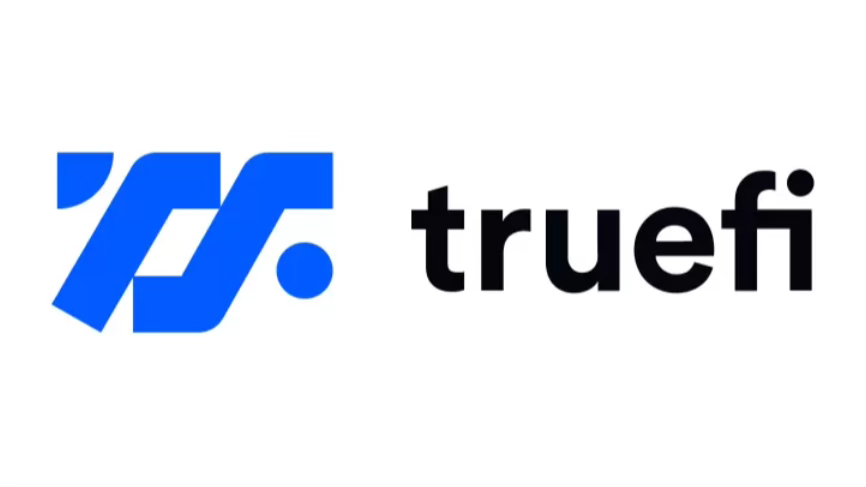Token Picks: TrueFi
TrueFi, an undercollateralized lending platform
TrueFi Overview
@TrueFiDAO is a DeFi protocol and stablecoin issuer that went live in 2020.
The protocol originates loans on-chain, lending it out to KYC’d institutional borrowers such as fintech and trading firms.
It is founded by @RafaelCosman who previously founded TUSD that still sees millions in volumes daily.
TrueFi raised US$12.5M back in April 2021 from @a16z, @BlockTower, and @AlamedaResearch (lol) across an OTC sale.
Based on @DefiLlama the protocol’s TVL currently stands at US$32.8M.
How Does TrueFi Work?
TrueFi’s value proposition is simple; capital is sourced on-chain in a decentralised fashion, and is lent out to KYC’d providers in a centralised fashion.
There are 3 main parties involved in TrueFi’s ecosystem:
Lenders: any individual can go onto TrueFi’s platform and deposit their USDT into a vault of their choice to lend capital in return for yield. They are able to choose vaults based on the description of the borrower, maturity date and APY.
Portfolio Managers: Portfolio Managers are the ones that open the vaults on TrueFi’s platform and are required to KYC and negotiate loan terms with the borrowers. This is effective to running their own credit fund. Managers are required to be vetted by the TrueFi’s governance prior to coming into the role.
Borrowers: Prior to being able to draw capital from the vaults of Portfolio Managers, borrowers will need to negotiate loan terms with the vault’s portfolio manager. Besides APY, certain terms required may be such as having to KYC or be in a non-US geography.
What Has Been Going Down?
TrueFi’s TVL today stands at US$32.8M according to DefiLlama, which is a far cry from their ATM TVL at US$900M+ during DeFi summer in July 2022.
What happened? Defaults happened.
In 2022, as the market began to spiral downwards due to the @terra_money crash, TrueFi was hit hard with defaults on their undercollateralized loans, leading to an inability to repay lenders. Coupled with dwindling appetite for on-chain loans, this lead to a sharp fall in TVL.
Loan FUD on TrueFi include:
@wintermute_t, which took up to US$92M in loan positions on TrueFi, suffered a US$160M hack.
South Korea-based Blockwater defaulted on a US$3M loan.
Invictus Capital defaulted on a US$1M loan.
Alameda, which represented half of all outstanding loans on TrueFi in 2022, crashed which led to repayment inabilities to lenders.
Tokenomics (As of 13 Aug 2024)
Today, $TRU has a total FDV of US$113.0M (US$0.09103 trading)
$TRU 's market cap stands at US$105.2M with 93.1% of supply is circulating
$TRU 's volume is healthy at US$19.3M with most of it concentrated on @bitgetglobal and @binance (>50%)
$TRU main utility is towards governance. Holders are able to stake $TRU on-chain to participate in the voting of Portfolio Managers and other protocol activities.
Across the board however, a large percentage of $TRU tokens are held up in central exchanges, with Binance hot wallets containing >30% in total. This indicates on-chain governance and participation is likely to be lower than expected.
Thoughts on TrueFi
TrueFi’s value proposition is indeed interesting, in a sector where we are dominated with overcollateralized loans provided by @aave and the likes.
However, the critical issue that TrueFi currently faces is in two main issues:
Nomination of Portfolio Managers are currently done by the community. Given that any holder of $TRU can be part of the community, expertise opinions on financial matters might become diluted, resulting in higher default risks than what is portrayed on the platform.
Liquidations that occur in the events of a default are handled in a centralised fashion. This is non-ideal for lenders from both a trust and time aspect.
However, one positive angle which many overlook is that @TrueFiDAO team is still active in developing despite it being 4 years in the making. While the introduction of new portfolio managers are slow (warranted given the vetting process), they recently saw @alphanonce being onboarded. Additionally, the protocol recently launched on @arbitrum and is due to launch on @plumenetwork when it goes live.
So are $TRU worth going long for? It really depends. If you do believe that institutionalisation is coming and the market is picking up in the coming months, leading to higher on-chain borrowing demands, you would likely expect TrueFi's TVL and hence tokens to pick up.

